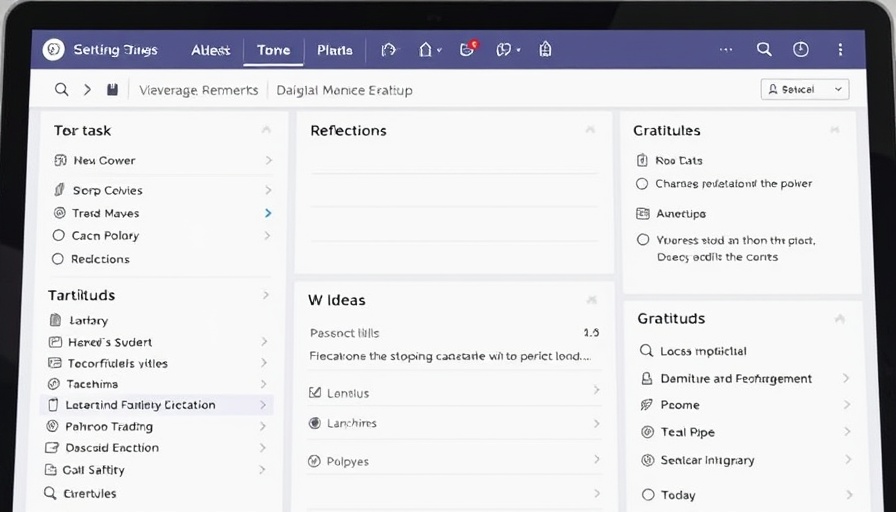
Understanding Productive Procrastination: The Double-Edged Sword
For many business owners, especially those operating in the revenue range of $2M–$10M+, the term "productive procrastination" might elicit both recognition and concern. It refers to the tendency to engage in lesser priority tasks rather than tackling high-stakes projects. While this behavior may seem counterproductive, it can also serve as a coping mechanism for overwhelm. Managing multiple operational demands often pushes entrepreneurs to juggle a flurry of tasks, making it essential to dissect how productive procrastination can be turned into a tool rather than a trap.
The Paradox of Productivity: When is Procrastination Beneficial?
Engaging in productive procrastination can sometimes lead to unexpected positives, such as rejuvenating creativity or fostering collaboration among teams. Completing small tasks can improve motivation. However, this method can mask the fundamental issues causing procrastination. Identifying the root causes—whether fear of failure or lack of clarity in project management—enables business leaders to address the issues directly, rather than finding solace in busy work.
Strategies to Mitigate the Dangers of Productive Procrastination
So how can entrepreneurs harness the potential of productive procrastination while remaining focused on their critical tasks? Here are a few actionable strategies:
- Create detailed workflows: Chart out project management processes with specific timelines to ensure transparency and accountability.
- Prioritize tasks effectively: Use a matrix to determine the urgency and importance of each task, empowering teams to tackle critical projects first.
- Schedule dedicated time for deep work: Set aside blocks of time devoid of distractions for concentrated efforts on substantial projects, fostering a culture of focus.
Incorporating Technology for Enhanced Collaboration
Leverage modern software tools to streamline processes and enhance collaboration. These solutions can help in tracking progress across projects, assigning responsibilities, and ensuring that communication remains clear among team members. Systems like project management software can serve as the backbone of operational efficiency, allowing teams to visualize tasks and stay aligned with organizational goals.
Future Predictions: Trends and Opportunities for Growth
The acceleration of digital transformation is reshaping operational landscapes. As businesses increasingly embrace technology, the next wave of productivity enhancements will likely offer deeper integrations among collaboration tools and optimized project management frameworks. Understanding these trends will prepare leaders to capitalize on opportunities more effectively, enabling them to pivot from productive procrastination to productive performance.
Final Thoughts and Next Steps
Ultimately, business owners should view productive procrastination not as a hindrance but as a potential road map to improvement. By acknowledging its existence, developing structured approaches, and leveraging technology for enhanced collaboration, entrepreneurs can transform daunting task lists into manageable workflows. Engage with your team regularly on project priorities and consider continuous reassessment of your processes for optimal outcomes.
Take control of your productivity journey today! Embrace these strategies and tools to refine your workflows, tackle procrastination effectively, and propel your business toward its operational goals!
 Add Row
Add Row  Add
Add 



Write A Comment